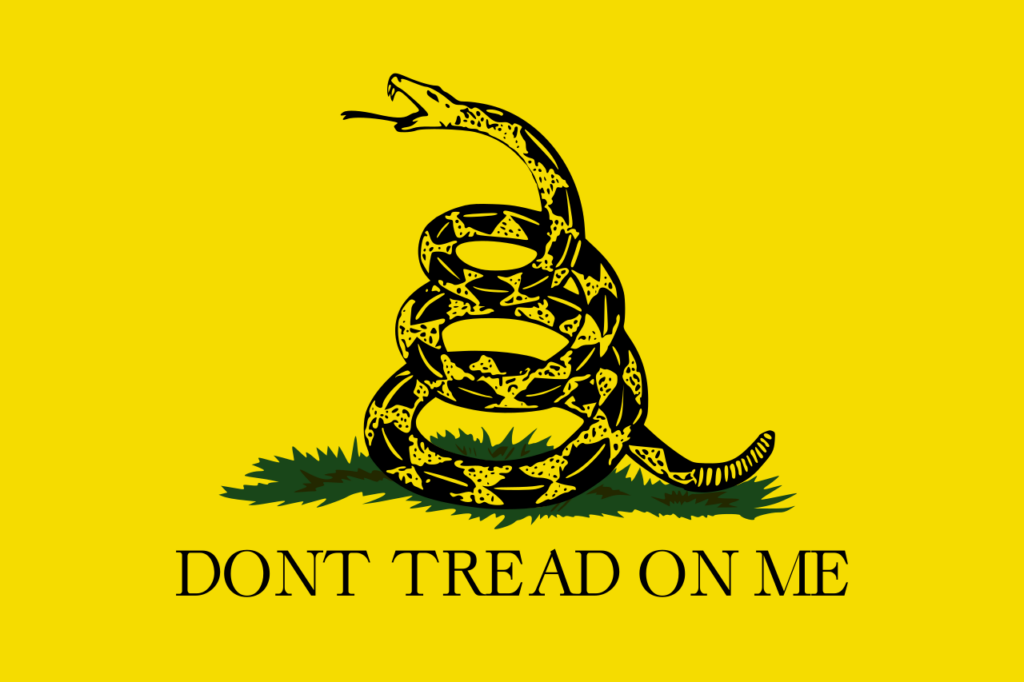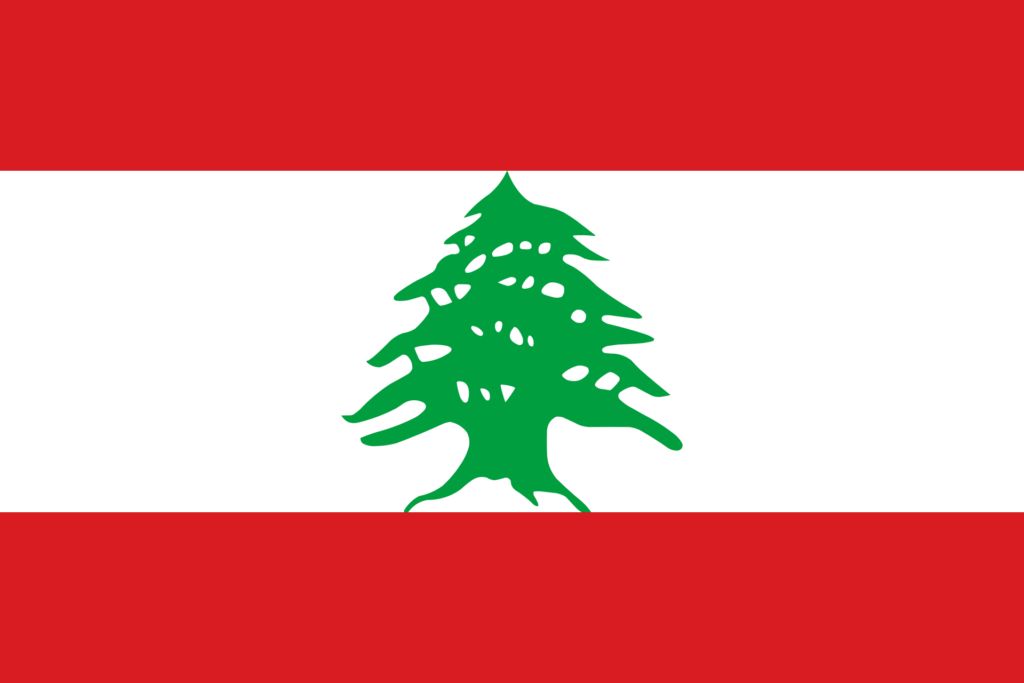Your cart is currently empty!
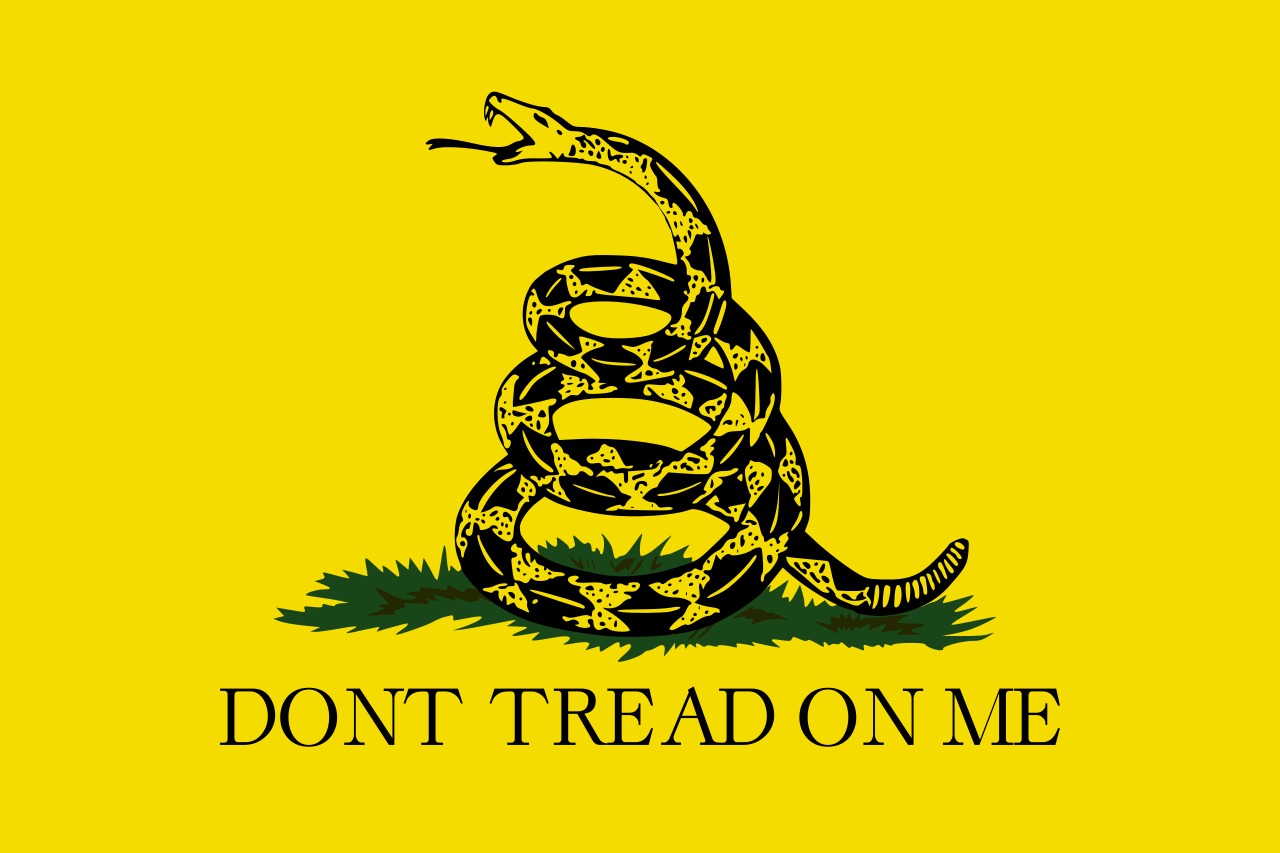
The Flag and the Rattlesnake
A Foundational Parable of Symbols, Silence, and Sovereignty
There are two flags flying in front of the house: the Flag of Palestine and the First Navy Jack, hand-stitched, weatherworn, and fully intentional. To passersby—especially in “these times”—the display seems provocative. Contradictory, even. They look for conflict where there is none, scanning the house not for meaning but for sides. Whose side is he on? they wonder. What is he trying to say?

What they don’t know is that these flags aren’t just statements—they are languages. And I speak them fluently.

As a vexillologist and the founder of vexillolinguistics, I understand flags not as tools of division, but as vessels of meaning—visual dialects encoded with history, identity, warning, protest, and hope. The Palestinian flag does not scream “enemy”; it speaks of dispossession, endurance, and dignity. The First Navy Jack—with its red-and-white stripes and silent coiled rattlesnake—does not declare war. It says simply:
“Don’t tread on me.”

It’s a message not of aggression, but of sovereignty.
I am not part of any “us vs. them” binary. I refuse absorption into imposed narratives. The flags I fly are not sides of a conflict—they’re facets of complexity. They are signs in the language I have helped shape. But most don’t speak that language. They assume meaning. They project. They fear.
Not long ago, I walked through the woods—no flags, no banners, just trees and breath and time. I reached the thick end of a path, dense with brush, and turned around to retrace my steps. As I stepped over a Saw Palmetto frond, I noticed something that hadn’t noticed me—or perhaps had, and simply had no interest in reacting.
A baby rattlesnake, coiled silently beneath the fan of the palmetto, lay still. She had no rattle yet, no warning system—just instinct, patience, and a small hunger for something far more manageable than me. I had stepped over her twice. She had chosen not to strike. And only when I looked back did I see her.

There was no quarrel. No fear. Only presence.
Many would have panicked. Found a shovel. Called someone to “deal with the problem.” But I am an ecologist. I understand that life is nested within life, and that interdependence often looks like contradiction until you see the system whole. The rattlesnake is not an enemy. She is not bloodthirsty. She is part of a larger logic—one where silence can be strength, and stillness can be sovereignty.
That day, two friends were made, even if only one of us was capable of giving it language.
Like the baby rattlesnake, the flags outside my home are often misread as threats. But they are signals of presence—not attack. They represent nations, identities, struggles, warnings—but not war. They are symbolic creatures coiled in complexity, waiting to be understood by those who can look without fear.
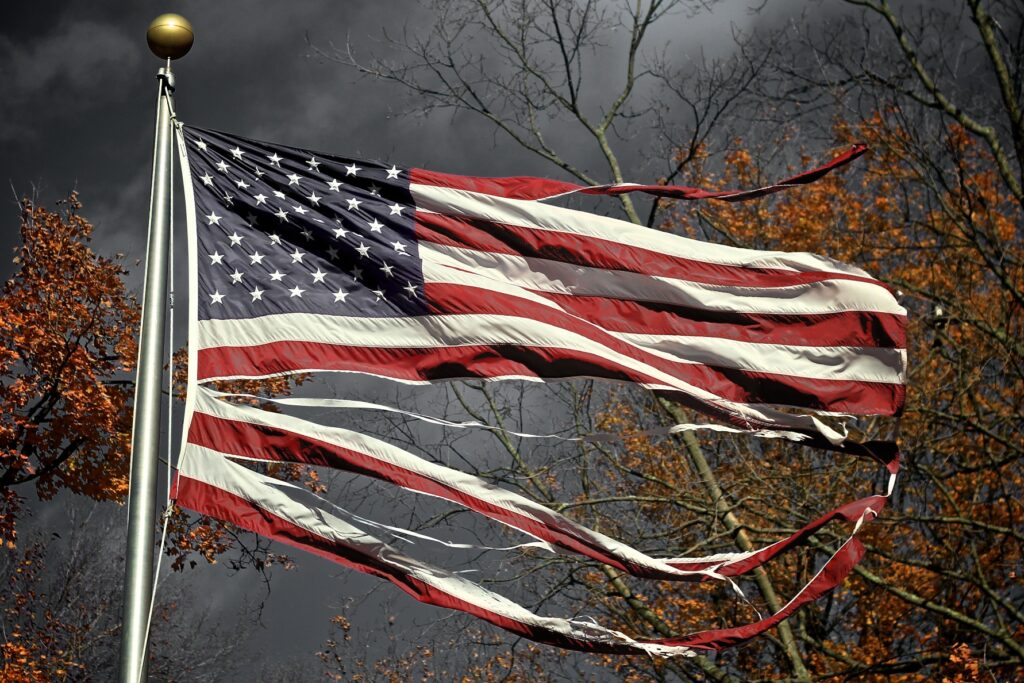
Most of the world demands binaries: flags must be team colors, people must be partisans, every symbol a side. But in my language—the language of vexillolinguistics—every flag is a statement. Every symbol, a paragraph. Some scream. Some whisper. And some, like the baby rattlesnake, say nothing at all—because they don’t need to.
They already know who they are.
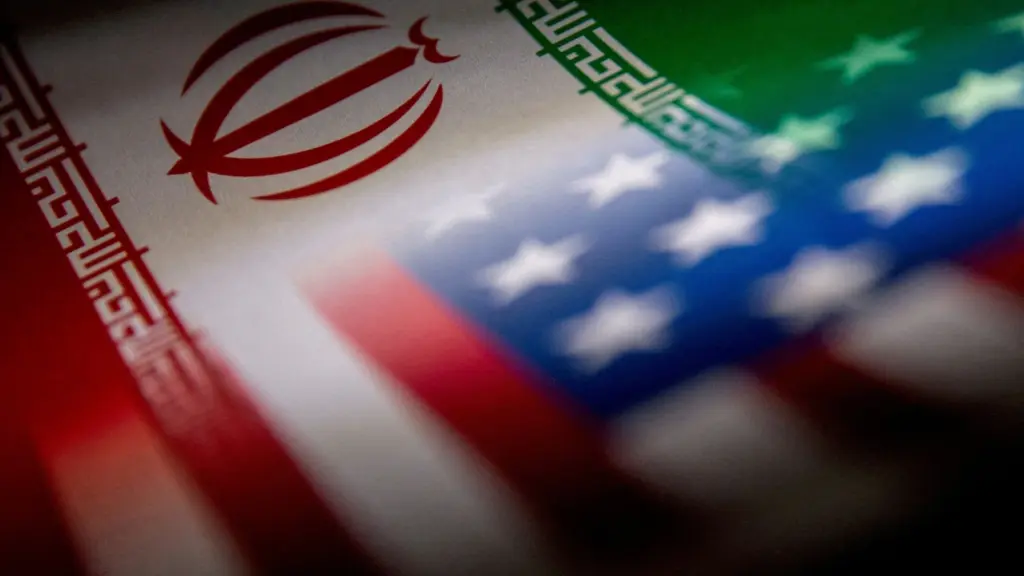
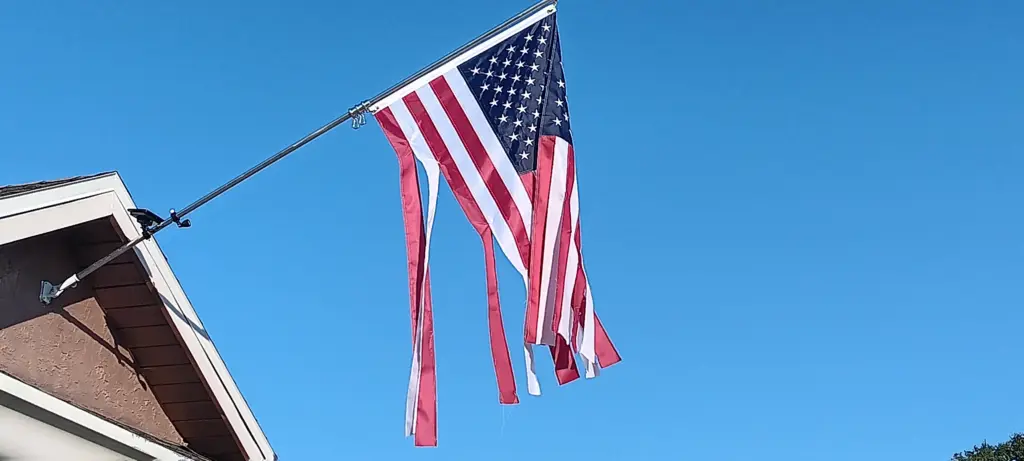
3×5 Flag of the United States “Tatters”
Perfect for those who understand the deeper significance behind our nation’s emblem, “Tatters” is more than just a flag—she’s a statement. Display her with pride, knowing that she tells a story of endurance, reflection, and the ever-evolving identity of the United States. Titus Residential 3’x5′ Flag HANDMADE IN USA
